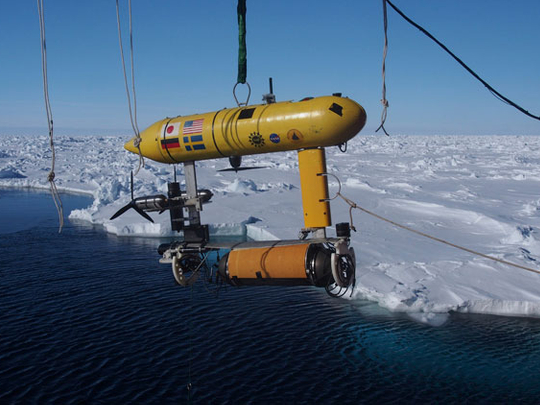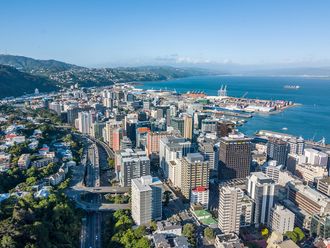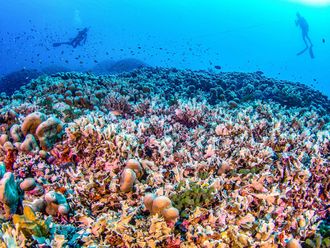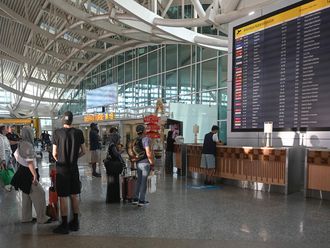
Sydney: Australia said on Wednesday it was searching for a new aircraft landing site for planes supplying its three bases in Antarctica because the current runway is melting due to global warming.
Australia has three stations on the icy continent — Casey, Davis and Mawson — occupied by scientists and support staff, with the Wilkins runway, carved into glacial blue ice, a vital transport link.
But a melting surface is restricting use of the Aus$45 million (Dh170.4 million) landing strip near Casey and the Australian Antarctic Division said they were looking at alternatives.
They include the ice-free Vestfold Hills near Davis.
“During the first few years since the introduction of Australia’s airlink to Antarctica in 2007/08 our operations have, on occasions, been hampered by glacial melt at the current Wilkins runway,” a spokesperson told AFP.
“The Australian Antarctic Division will investigate a range of alternative or additional landing sites for fixed-wing aircraft near our three stations in Antarctica.”
Meteorological stations have shown a temperature rise of two degrees Celsius in the past 50 years in the Antarctic peninsula, which is roughly triple that of the global temperature rise.
Planes can only land if the temperature is below minus five degrees Celsius.
“There [are] signs there’s a long-term warming trend, global warming. And that will make it more difficult to operate this runway in the future,” the division’s director Tony Fleming told the Australian Broadcasting Corporation.
Instead of the 20 flights a season predicted by the Australian Antarctic Division before the runway opened, just two landed in the 2010/11 season with the runway closed from December to February due to melt.
Four landed last season and six are planned this year.
The Australian bases are also serviced by ship but the journey can take up to two weeks, compared to the 4.5 hour flight from Hobart in Tasmania state.
While the runway is suffering from a lack of ice, Australia’s Antarctic supply ship, the Aurora Australis, is currently stuck some 370 kilometres from the Casey station because there is too much ice.
“What’s happened is that a northerly [wind] has blown ice against the ship,” Fleming said.
“We are waiting for a change in the weather patterns, an increasing swell, to move that ice again.”
— AFP












